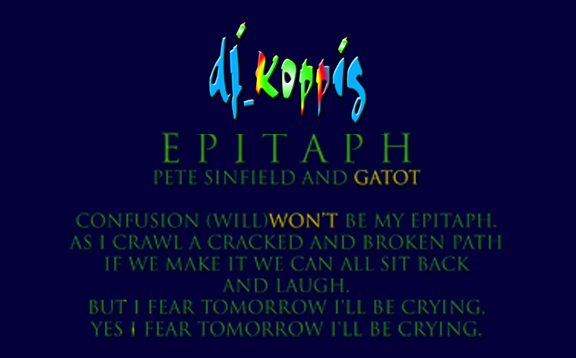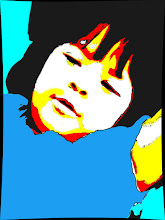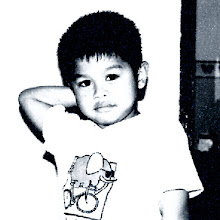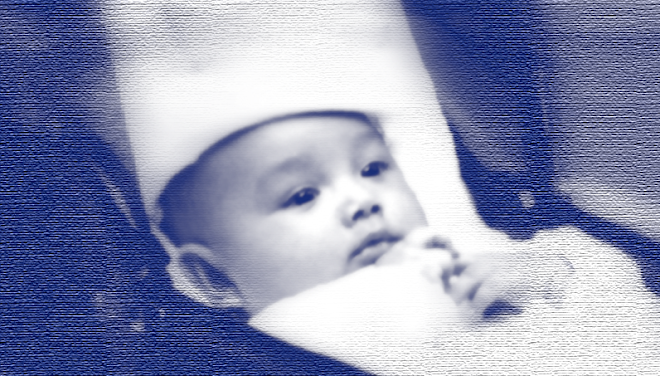 The Art In Music Trilogy precedes quickly The Natural World Trilogy in placing a moment of high important in the year 1999.But I should rather say attempt, for neither this one, nor the first trilogy creates the meaning of perfect, sublime, high potential, everlasting new-age music. About this general connotation of the two trilogies I have already discussed and elaborate, for that matter, in the Natural World Trilogy review, I will only characterize the same thing here, succinctly: a partial success, as it holds quality to its best and prestige of the style to its utmost definition, yet it is heavily oversaturated, creating a marathon discomfort and a tardive reflection; this entire set goes towards the passionate of the new-age genre and towards the sense of a collection that expands to maximum the taste, the scent and the essence of new-age, but does it in extreme proportions and unravashing impressions. By quality, the two trilogies are most recommended, as few such expression meets the perfect scales in a discography that is mostly spotted with black points, frivolous gestures and even mediocre accomplishments, that with decent or even great new-age sparks, something that-after all-defines Rick Wakeman most. The character is accessible, but the long moment of listening isn’t quite the same thing. The two albums express a remarkable impulse of “keyboardistic” vision and interpretation, yet unfortunately the cross of limits and the monotonic flow that cannot be by nothing something positive strangled the session and the project into being just a pronounced daring experiment. More reflected upon it, this would have been a key point in Rick Wakeman’s discography. The long session was planned, started, created, garnished and finalized during the summer of ’97. Equipments for the music are: Korg, Kurzweil, Roland, Technics, EMU.
The Art In Music Trilogy precedes quickly The Natural World Trilogy in placing a moment of high important in the year 1999.But I should rather say attempt, for neither this one, nor the first trilogy creates the meaning of perfect, sublime, high potential, everlasting new-age music. About this general connotation of the two trilogies I have already discussed and elaborate, for that matter, in the Natural World Trilogy review, I will only characterize the same thing here, succinctly: a partial success, as it holds quality to its best and prestige of the style to its utmost definition, yet it is heavily oversaturated, creating a marathon discomfort and a tardive reflection; this entire set goes towards the passionate of the new-age genre and towards the sense of a collection that expands to maximum the taste, the scent and the essence of new-age, but does it in extreme proportions and unravashing impressions. By quality, the two trilogies are most recommended, as few such expression meets the perfect scales in a discography that is mostly spotted with black points, frivolous gestures and even mediocre accomplishments, that with decent or even great new-age sparks, something that-after all-defines Rick Wakeman most. The character is accessible, but the long moment of listening isn’t quite the same thing. The two albums express a remarkable impulse of “keyboardistic” vision and interpretation, yet unfortunately the cross of limits and the monotonic flow that cannot be by nothing something positive strangled the session and the project into being just a pronounced daring experiment. More reflected upon it, this would have been a key point in Rick Wakeman’s discography. The long session was planned, started, created, garnished and finalized during the summer of ’97. Equipments for the music are: Korg, Kurzweil, Roland, Technics, EMU.The differences between The Art In Music and Natural World are reduced to one single, major, simple detail: this one is better than the first one. I cannot tell upon the presumable change of reflection, given by the theme, or produced by an impulse of perfection, yet out of the two works, this is one is the one entitled to appreciation and great perception. Its form is more of content, of message and of the expression, while the other one slightly sinks in its rhythm, its un-dynamics, its mellow way of outlining the subject and the development of the subject. Of course, neither this difference makes a great leap into high places or is it more definitory than the major generalized aspect that governs the movement. Still I would place Art In Music as the most proper one to expose the Trilogies’ modality, reason, concept and complex. It’s an easy, but obvious, change in the way of playing and in the manner of approach the art of new-age. Looks good by its form. Sounds good (enough) by its sound. Besides this separating detail, the motto is the same, the qualities and the mistakes are-at the base of things-equivalent both here and there. There aren’t two trilogies, there is a complete six-hour cycle. You still need the mood for something like. You still need the strength to cope with this. You still need the perfect orientation to not make out of this a forgettable, unattached listen. The music of the trilogy can sound very good in the perception of fans, of those with passionate curiosity and…so on. The factor of being selecting among the auditory isn’t really good, to be honest. But this is after a work done and the from of it says all. Personally I would go at the valences of the standard, but strong qualities, instead of judging everything by an easy desire or a voiled ideal. Quoting a presumable axiom of art (or, why not, art): “Making fun or simply ignoring things is so easy, but helps by nothing. Much better would be to try and to understand.”
Trivia time: the main theme of the album (given by the title, of course) symbolically divides the parts into: “The Writer”;”The Sculptor”;”The Sketches”. Although, again, no big difference, “The Writer” is the best part.
Unneglectable vision and result, in an end of commentary. It’s not something neglectable, but it stands at a failure of scapes challenge. Evaluating the trilogy (the trilogies) above, under or outside the standard and the specific place is quite a wrong thing to do. The immaterialized materialization of one of the finest new-age expressions Rick Wakeman offered till now...
Studio Album, released in 1999
Track Listings
Disc one: (62:08)
1. White castles (8:21)
2. Glacier valleys (11:53)
3. The porcelain doll (5:24)
4. The snowcat (4:07)
5. Pillars of hope (6:20)
6. A fountain of tears (5:41)
7. The figurine (6:34)
8. The dancing Pierrot (7:03)
9. A castle of dreams (6:45)
Disc two: (63:25
1. Seeds of thought (6:32)
2. Preface to a dream (5:45)
3. The mottled blackbird (6:10)
4. The quill (4:58)
5. Lucky curve (10:35)
6. The evening fable (5:16)
7. Shelly beach (6:44)
8. Birth of nature (5:08)
9. A tale of Spring (6:05)
10. Stories of bygone days (6:12)
Disc three: (61:44)
1. The dancing hedgerow (3:02)
2. The clocktower (3:04)
3. Sunbeams (2:56)
4. The village green (6:01)
5. Portrait of a dream (3:24)
6. Mountain mist (3:41)
7. Waterlillies (6:15)
8. Tommy big eyes (2:34)
9. The lone fisherman (3:27)
10. Little lady (4:38)
11. View from a hill (2:35)
12. A hint of Autumn (8:25)
13. Boulters lock (2:43)
14. Orcombe point (3:28)
15. The brooklet (3:01
16. The fireside (2:30)
Total Time: 187:17
Line-up/Musicians
- Rick Wakeman / keyboards, synthesizers









3 comments:
http://www.megaupload.com/?d=W2BR1HL5
http://www.megaupload.com/?d=C673XQ6T
http://www.megaupload.com/?d=RV164HW6
Post a Comment